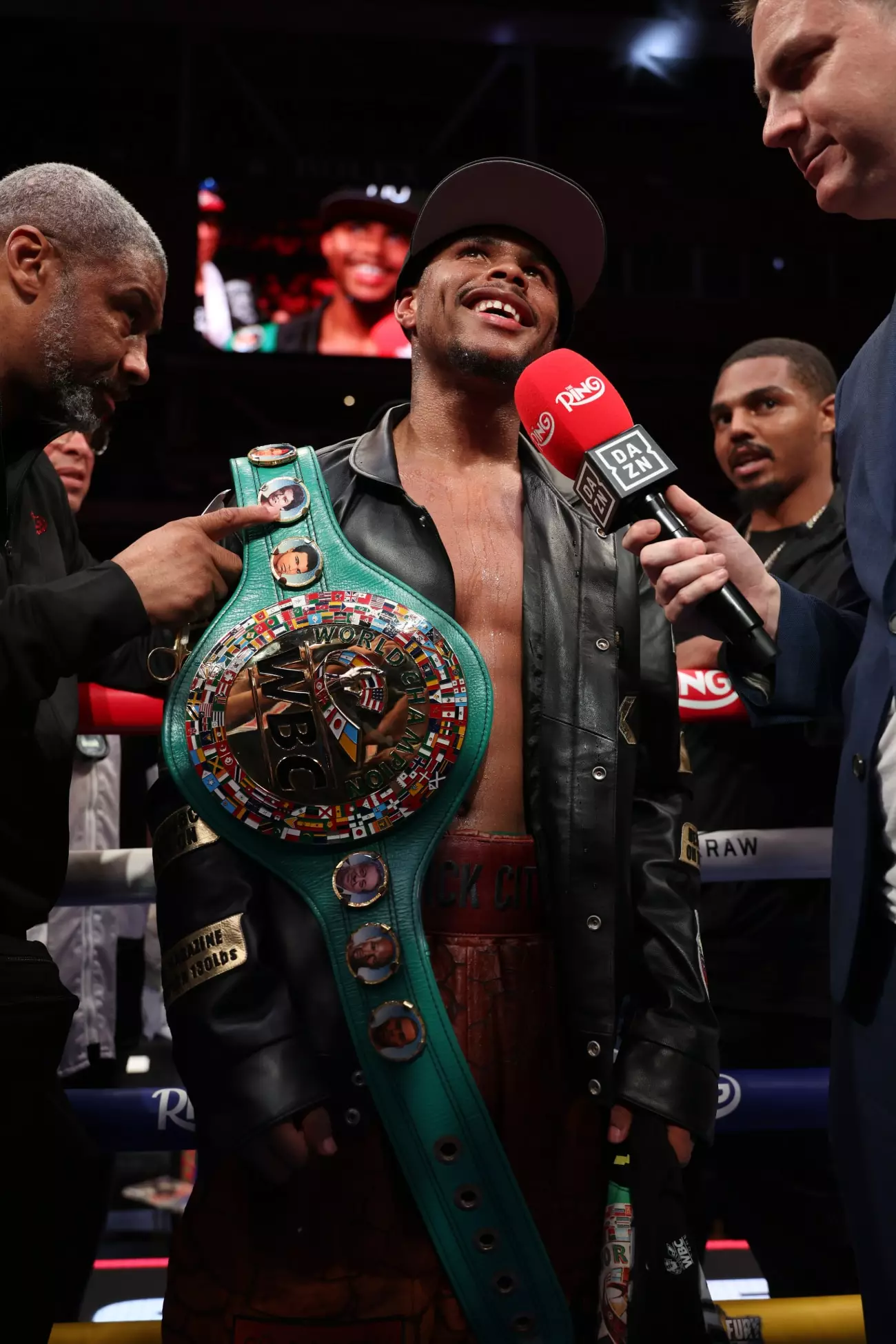In the world of professional boxing, few statements resonate as loudly as Shakur Stevenson’s recent declaration of being the “best fighter on the planet.” This audacious claim, coupled with his announced intention to fight Teofimo Lopez in early 2026, invites a mixture of admiration and skepticism. While confidence is vital in combat sports, it is equally essential to scrutinize the path a fighter takes to substantiate such a powerful assertion. Stevenson’s pronouncement seems more like a rallying cry than a carefully measured statement of fact, as the evidence supporting his claim remains thin at best. His recent victories, though noteworthy, have not yet pitted him against the top-tier opposition necessary to crown him as the undisputed best.
The Significance of Competition: Are Stevenson’s Opponents Enough?
A critical perspective reveals that Stevenson’s resume at 135 pounds lacks the depth needed to convincingly claim dominance over the division. His notable opponents—William Zepeda, Josh Pider, Artem Harutyunyan, Edwin De Los Santos, Shuichiro Yoshino—are capable fighters, but none have established themselves sufficiently at the highest levels to challenge the notion that Stevenson is superior to the welterweights and lightweight legends of the past. Simply put, victory over these fighters does not automatically translate to global supremacy.
Moreover, Stevenson’s style—reliant on speed, movement, and amateur-esque precision—raises questions about his power and ability to handle the most formidable punchers of his division. His two encounters with power punchers, De Los Santos and Jeremia Nakathilia, exposed vulnerabilities, as he appeared reluctant and defensive against their infernal power. The boos he received from the crowd after engaging in a cautious, run-away strategy suggest that fans value aggression and fight-ending moments over points-based boxing. If Stevenson truly aims to elevate himself into the upper echelon, he must not only face more dangerous opponents but also demonstrate a willingness to trade punch for punch.
The Long Wait and Its Motivations
The scheduled timetable for Stevenson’s showdown with Lopez—delayed until early 2026—uncovers intriguing strategic questions. While Teofimo Lopez has expressed frustration with the lengthy wait, citing a desire for action now, Stevenson seems to be prioritizing recovery and injury management. His recent history of hand problems, including surgery in 2024, underscores his cautious approach to the ring, but it also raises doubts about whether the delay benefits him or Lopez more.
From Lopez’s perspective, a quick fight would likely favor his momentum and ring sharpness. Conversely, Stevenson appears to be banking on better physical preparation, perhaps hoping that more time will allow him to repair his hand and re-enter the ring at full strength. But this approach carries the risk of losing momentum or diminishing fan interest, especially given that boxing fans increasingly crave immediate, high-stakes matchups. Stalling until 2026 might hinder Stevenson’s credibility unless he dominates Lopez convincingly when the fight finally occurs.
The Irony of Confidence and Reality
Stevenson’s self-assured proclamations seem to border on a psychological defense mechanism—an assertion of dominance that might mask underlying doubts about his readiness or the strength of his resume. Claiming to be “the best fighter on the planet” while still building his reputation against mid-tier opponents suggests a discrepancy between his confidence and his actual achievements. In combat sports, credibility is earned in the ring through tangible victories over the division’s best. Until Stevenson can demonstrate that he can handle elite power and resilience, his confidence may be viewed as a mirror of youthful bravado rather than seasoned championship wisdom.
Furthermore, dividing attention between lofty ambitions and the reality of stepping into the ring against formidable foes might be more prudent. Overconfidence can betray a lack of humility and strategic awareness—traits that are indispensable for long-term success. A fighter’s legacy isn’t sealed merely by claiming supremacy; it’s cemented by the ability to prove it repeatedly, under the most demanding circumstances.
The Future of a Fighter in Transition
Ultimately, Stevenson’s journey exemplifies the classic challenge fighters face: balancing self-belief with real-world results. Ambitions to claim the throne must be backed up by unyielding dedication, strategic matchmaking, and an acknowledgment of the gaps in one’s skill set. His upcoming bout with Lopez will serve as a litmus test—not just of his physical readiness, but of his mental resolve and tactical maturity.
The boxing world is watching, and rightfully so. For Stevenson to convert his bold proclamations into a formidable legacy, he must step up, face the danger head-on, and show that his confidence is more than just words. The path to validation is difficult and unforgiving; only through fierce competition and decisive victories can he truly prove that he stands atop boxing’s greatest. Until then, his candid assertions remain in the realm of bravado—spectacular, but unproven.

